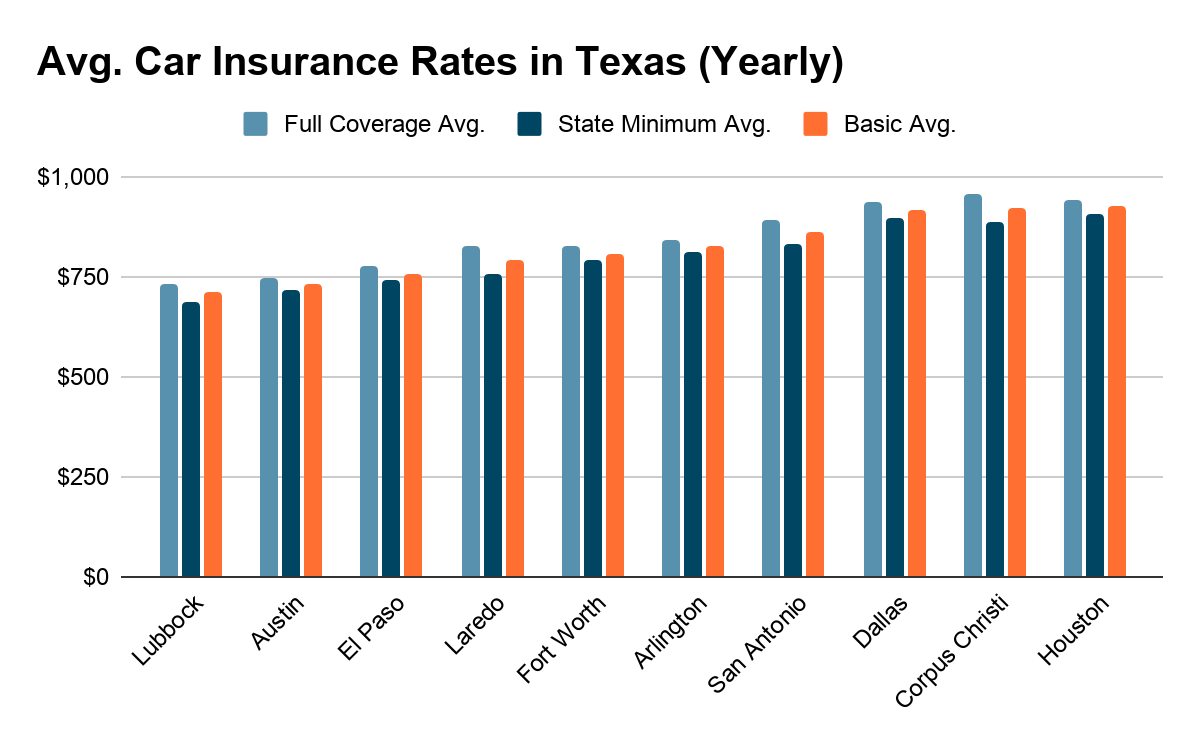Home>Finance>Environmental Economics: Definition, Importance, And Example


Finance
Environmental Economics: Definition, Importance, And Example
Published: November 18, 2023
Learn about the definition, importance, and example of environmental economics in the finance industry. Explore how finance and sustainability intersect for a greener future.
(Many of the links in this article redirect to a specific reviewed product. Your purchase of these products through affiliate links helps to generate commission for LiveWell, at no extra cost. Learn more)
Environmental Economics: Definition, Importance, and Example
Welcome to the Finance category of our blog! Today, we’re diving into a fascinating aspect of finance that often goes overlooked – environmental economics. Environmental economics is a branch of economics that studies the financial impact of environmental policies and solutions. It aims to understand how economic activities affect the environment and how environmental changes impact the economy. In this blog post, we’ll explore the definition, importance, and provide an example to illustrate the concept of environmental economics. So, let’s get started!
Key Takeaways:
- Environmental economics is a branch of economics that studies the financial impact of environmental policies and solutions.
- It aims to understand how economic activities affect the environment and how environmental changes impact the economy.
Now, you might be wondering, why should we care about environmental economics? Well, let’s explore its importance:
The Importance of Environmental Economics:
1. Addressing Market Failures: Environmental economics helps identify and address market failures related to environmental issues. It recognizes that traditional markets often fail to account for the true costs of environmental damages caused by economic activities. By analyzing the economic impact of such damages, environmental economics helps design policies and regulations that internalize these costs, encouraging sustainable practices.
2. Promoting Sustainable Development: Environmental economics plays a crucial role in promoting sustainable development. By assessing the economic value of natural resources and ecosystem services, it contributes to the conservation and efficient use of these resources. This ensures their availability for future generations while supporting overall economic growth.
Now, let’s delve into an example to better understand how environmental economics works in practice:
An Example: Carbon Pricing
One of the most prominent examples in environmental economics is carbon pricing. Carbon pricing is an economic policy mechanism aimed at reducing greenhouse gas emissions, primarily carbon dioxide (CO2), to combat climate change. There are two main approaches to carbon pricing:
- Carbon Tax: A carbon tax imposes a fee on each tonne of carbon dioxide emitted, providing an economic incentive for companies and individuals to reduce their emissions. The tax can be gradually increased over time, encouraging a shift towards cleaner and more sustainable practices.
- Emissions Trading: Emissions trading, also known as a cap-and-trade system, sets an overall limit on emissions but allows companies to trade emissions permits. This creates a market-based mechanism where companies can buy and sell permits, incentivizing emissions reduction where it is most cost-effective.
Both carbon tax and emissions trading are examples of how environmental economic principles can be applied to address environmental challenges effectively. By putting a price on carbon emissions, these mechanisms internalize the negative environmental costs associated with pollution. This, in turn, encourages companies and individuals to adopt cleaner technologies and reduce their carbon footprint.
In conclusion, environmental economics plays a vital role in understanding the financial impact of environmental issues and promoting sustainable practices. By addressing market failures and valuing natural resources properly, it helps guide policymakers and stakeholders towards a greener, more sustainable future.
We hope this blog post has provided you with valuable insights into the world of environmental economics. Stay tuned for more exciting topics in the finance category of our blog!














